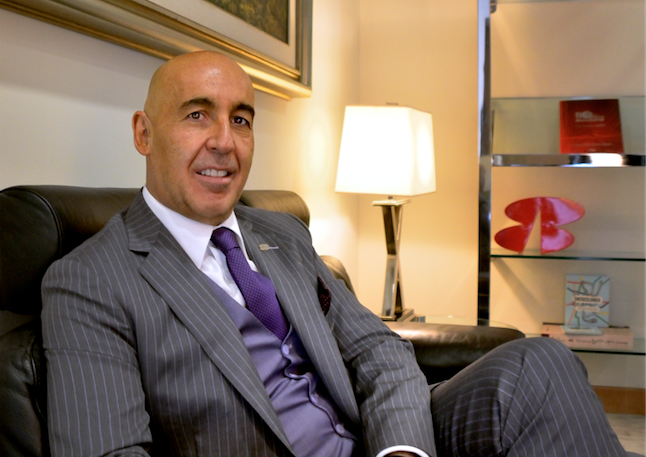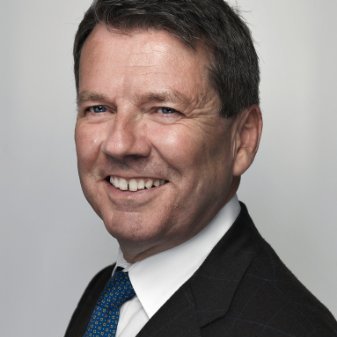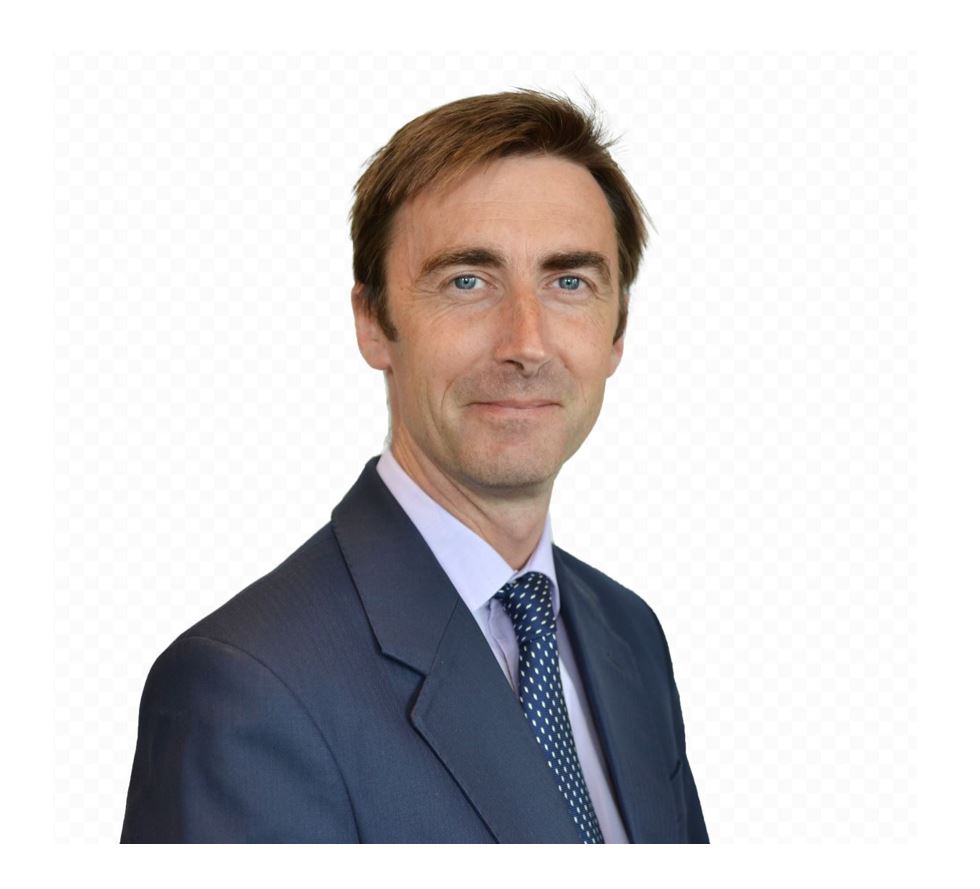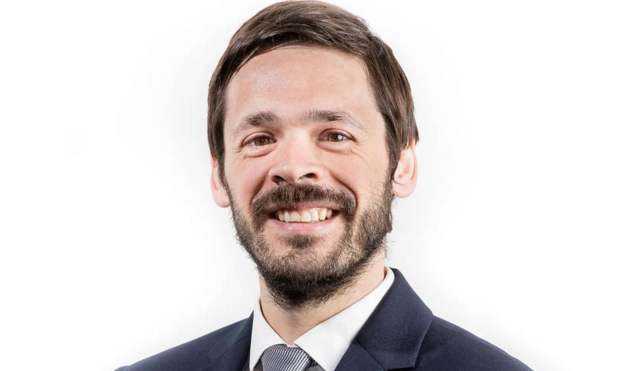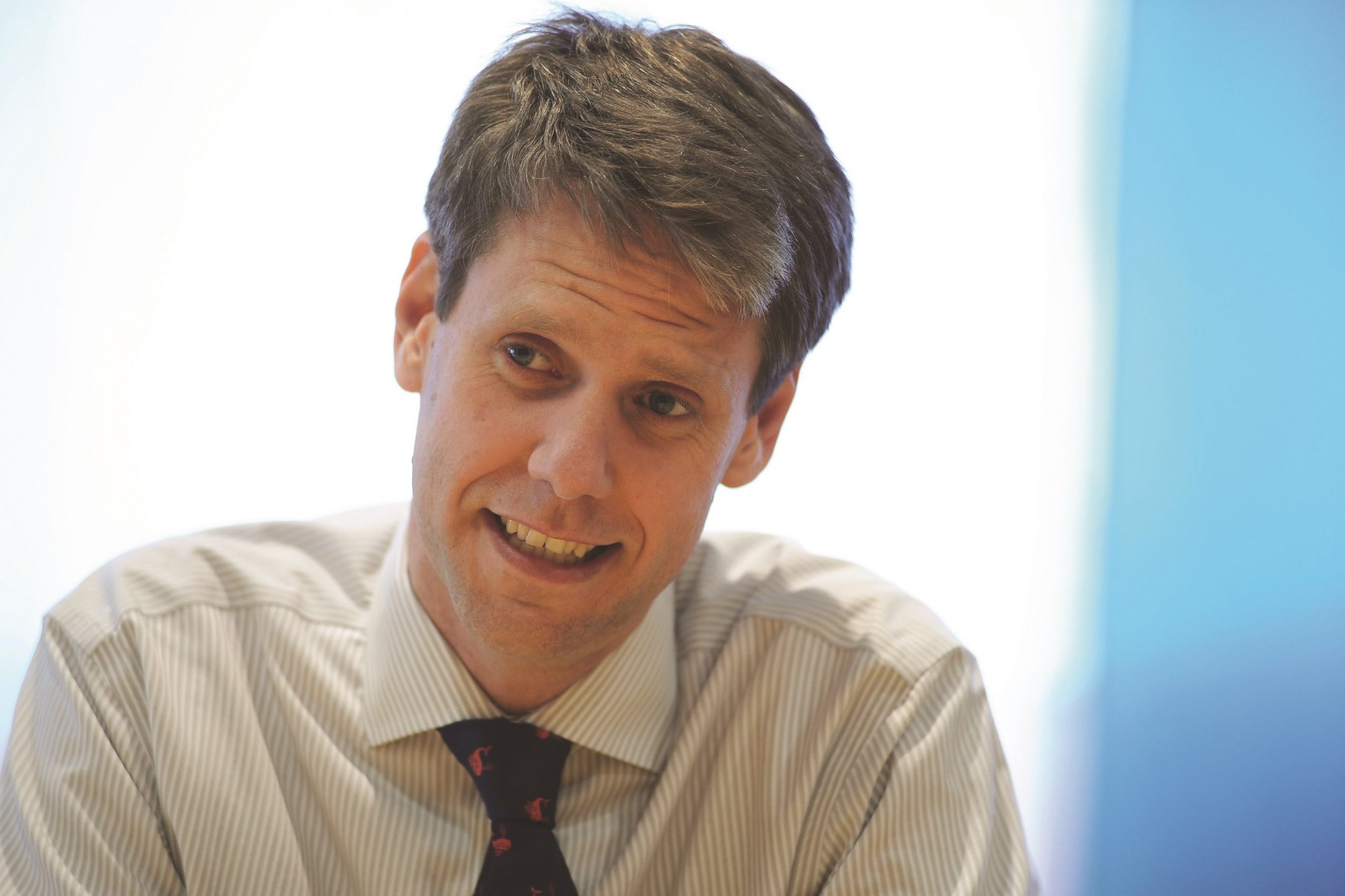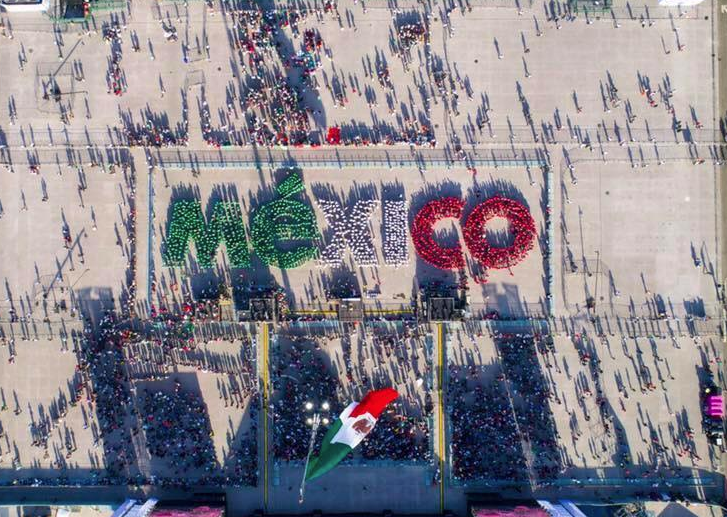Investec AM Brought Together Over 130 Professionals from the United States and LatAm in Washington
| For Meritxell Sedo | 0 Comentarios
At the 10th annual Investec Global Insights held in Washington, Investec Asset Management brought together over 130 professionals from the investment industry, mostly from the United States and Latin America, at the Four Seasons Hotel. The event, which took place on the 19th and 20th of October, was attended by the firm’s leading managers and strategists, who shared with attendees their perspectives and positions in the portfolios.
Richard Garland, Managing Director of the Global Advisor division and Hendrik du Toit, CEO of Investec AM, were responsible for the welcoming to the event. Following them, Philip Saunders, Co-Head of the Multi-Asset Growth strategies, explained how to navigate mature bull markets, where both fixed income and equities are at maximum price levels.
Then came the turn to disclose where the opportunities in fixed income and currencies may be found, John Stopford Head of Multi-Asset Income, reminded the audience that despite the low interest rate environment in developed markets, emerging markets continue to offer a decent real profitability. In addition, a selected basket of emerging currencies shows relatively attractive levels.
Then, in a discussion moderated by Stopford himself, Jeff Boswell, Strategy Leader of Developed Markets Credit, Matthew Claeson, Latin American Debt Portfolio Manager, Peter Eerdmans, Co-Head for Emerging Market Fixed Income, and Abrie Pretorious, Quality Capability Portfolio Manager, discussed where to find sustainable sources of income for investors.
To concludethe morning presentations, strategist Michael Power explained the implications of the improvement in solar and wind energy efficiency on the fourth industrial revolution. During the afternoon meetings the attendees had the opportunity to meet with the management teams. Once these meetings were over, they enjoyed a gala dinner at the Warner Theater.
On the second day of the conference, Robert J O’Neill, the Navy Seal who shot Bin Laden, opened with a motivational talk on how to persevere in achieving goals. Following him, Aniket Shah, Program Leader of the Financing for Sustainable Development Initiative at the UNexplained the paradigm shift in an economy that shifts from focusing on theWest to looking to the East and where China takes the lead in global prominence
Emerging markets were the subject of the conferences’ third discussion. Participating in the discussion panel were Chris Freund, Head of SA Equity & Multi-Asset, Carina Güerisoli, Portfolio Manager for Latin America, Victoria Harling, Strategy Leader for Emerging Market Corporate Debt, and Asian Equity Portfolio Manager, Greg Kuhnert.
Lastly, Richard Garland moderated a fourth discussion which addressed the trends of the financial advisory business, participating in this panel were Shane Balkhan, CIO of Beaufort Investments in the UK, Gonzalo Cordova, CEO for LarrainVial in Latin America, Joshua Heimann, Head of WMA International Sales and Business Development for UBS International in the US, and Erich Lang, Executive Director, Head Fund Provider Management for Julius Baer in Switzerland.
How to navigate mature bull markets
In a bullish market environment which seems unstoppable, and with most assets at levels above their historical averages, Philip Saunders remarked that valuations by themselves are rarely the trigger for a sharp drop in the market, revealing that the trigger is usually, in 93% of cases, a significant increase in the cost of capital.
Although fundamentals are favorable and the leading indicators still show no signs of going into recession, Saunders advised taking a somewhat more cautious position, suggesting an increase in liquidity in the portfolios, greater structural diversification, and wider exposure to different sources of return beyond traditional asset classes.
Carrying out a structural diversification requires focusing on the behavior of the assets rather than on their classification. According to Saunders, each asset class can be attributed a growth characteristic if it reacts positively to an increase in risk appetite, a defensive characteristic if its returns are positive when expectations of economic growth decline, and a decorrelation characteristic if returns are not related to economic growth or corporate profits. “Mixing these three characteristics is when you get superior diversification and more consistent results. Selection is important in this type of diversification, we do not have exposure to all assets all the time,” said Saunders.
Regarding the positioning of their portfolio, within growth assets they have a preference for a selective exposure in equities, where, due to the corporate benefits and alpha potential, exposure to global equity markets is favored, with the exception of the US, and they balance the risk with a selection of defensive assets.
A Paradigm Shift: China’s global prominence
Beginning with an allusion to a recent cover of The Economist, which showed Xi Jinping as the most powerful man in the world, Aniket Shah, explained the main themes that are developing in China and how we should think about the side-effects that its development has on Asia and on the rest of the emergent economies. China continues to grow, at a lower rate of growth, but on a higher growth basis. Assuming that China continues to grow at an average rate of 6.5% and the US at an average rate of 2.5%, China’s gross domestic product will reach 22.8 trillion as of 2026, while the US would not reach that figure until 2030.
Although China often has a rather negative narrative, with an excess of debt and production capacity, its prominence is an issue which goes beyond the construction of large infrastructures. “A frequent error in analyzing China’s economy is to believe that its growth depends on the accumulation of physical capital that began in the 1990s, without realizing the importance of human capital; an investment that began in the late 50’s and 60’s, and which is now much more productive. In a recent analysis of the growth of the scientific research which is published in different parts of the world, it can be seen that, from 2003 to 2013, the US has gone from 26% to 18.2% of publications, while China has gone from 6% to 18%, reaching parity with the United States. “
China has set out to stop being a technological copy-cat country by investing heavily in R&D. “One of the most interesting initiatives being carried out by the Chinese government is the “Made in 2025” initiative. The idea, inspired by the German initiative “Industry 4.0”, is that China wants more prominence in the country’s production chains, and the figures are quite impressive, specifically, it seeks to make domestic content of the main components of production chains grow from 40% in 2020 to 70% in 2025 “.
The program aims to position itself as a pioneering country in the generation of new information technologies, in high-end machines and robots, in maritime equipment and highly technological ships, in rail transport, in new sources of energy and in energy saving vehicles, in new agricultural machinery, new materials, and in biopharmacy; all of which are critical industries for development within the next 30 years.
Another growth dimension in China that must be taken into account is geographical expansion. China has stepped up its efforts to expand its economic growth across the country, specifically in the western regions. The “one belt, one road” initiative, an attempt to rebuild the old silk route and the creation of a parallel maritime route, created in 2013 by the Chinese authorities, benefits from the enormous low-cost capital capacity of the Chinese economy.
In terms of renewable energy investment, China’s investment is above that of the US, the UK and France combined. In addition, it considers it a key industry when it comes to positioning its global prominence. Most importantly, China is making the necessary efforts to build an economy and society that can meet most of the challenges of the future.
In terms of world trade, China is the largest trading partner of 124 countries, while the US is the main trading partner of only 56 countries. Equity and debt financial markets are growing and gaining in depth. China has already outgrown the Japanese stock market, although it still lags behind the US and European markets, while its bond market is behind that of both the US and Japan.
Shah is therefore convinced that China’s role in the Asian region, and in the world, will only grow, despite the many challenges it faces: “China is becoming the leader in global innovation, in economy, in politics, in international diplomacy and in innovation,” he concluded.

